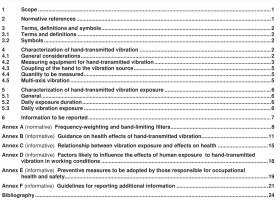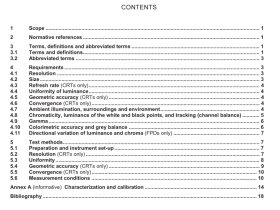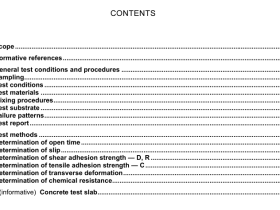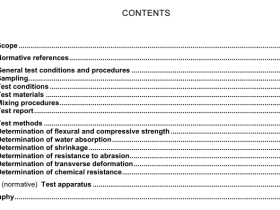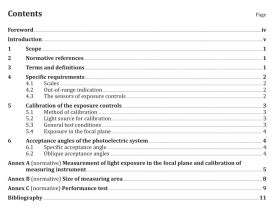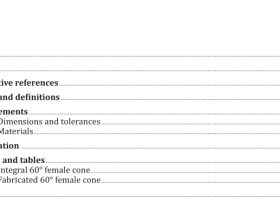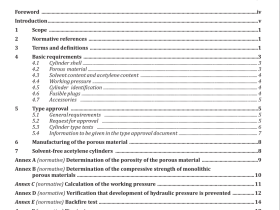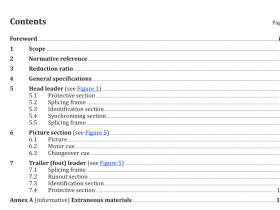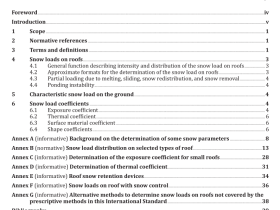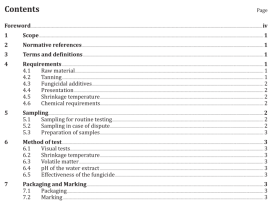ISO 14244 pdf download
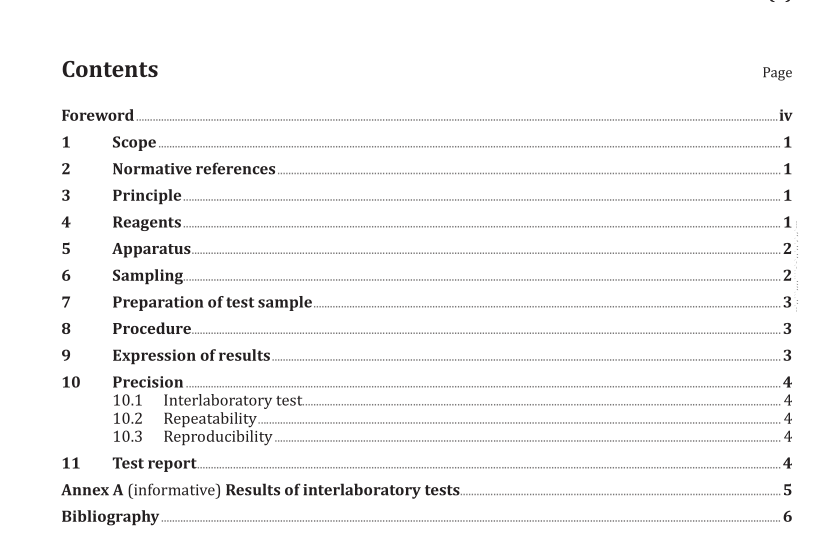
ISO 14244 pdf download Oilseed meals — Determination of soluble proteins in potassium hydroxide solution
Scope
This International Standard specifies a method for the determination of soluble proteins in potassiumhydroxide solution in soya meals, rapeseed meals and sunflower pellets, which are then assayed usingthe Kjeldahl method as specified in ISO 5983-1 and ISO 5983-2.
2 Normative references
The following documents,in whole or in part, are normatively referenced in this document and areindispensable for its application, For dated references, only the edition cited applies. For undatedreferences, the latest edition ofthe referenced document (including any amendments) applies.
ISO 565, Test sieves — Metal wire cloth, perforated metal plate and electroformed sheet — Nominal sizesofopenings
ISO 5500, 0ilseed residues — Sampling
ISO 5502, Oilseed residues – Preparation oftest samples
ISO 5983-1, Animal feeding stuffs – Determination of nitrogen content and calculation of crude proteincontent – Part 1: Kjeldahl method
ISO 5983-2, Animal feeding stuffs – Determination of nitrogen content and calculation of crude proteincontent – Part 2: Block digestion and steam distillation method
3 Principle
The sample is dispersed in a solution of potassium hydroxide of approximately 12,5 pH, stirred andcentrifuged. Then, the nitrogen content of the clarified liquid is determined by the Kieldahl method forcrude protein and compared with the value of crude protein of the original sample.NOTEThe Kjeldahlmethod is described in ISO 5983-1 and ISO 5983-2
4 Reagents
WARNING1The tests, according to this International Standard, involve risks for persons and the possibilityof releasing substances which ight cause damage to the environment. For this reason, appropriate measuresshall be taken to prevent risk, protect personnel, and avoid the release of the substances involved.
WARNING 2Attention shall be paid to preserving the environment in all phases of this activity. For furtherinformation, it is recommended to make reference to ASTM D4447,which describes the classification of the kindof residues and pretreatment methods for their recovery or disposal.
Use only reagents of recognized analytical grade.
4.1Potassium hydroxide.
4.2 Potassium hydroxide solution,c(KOH) = 0,036 mol/l.
Preparation: Dissolve 2,4 g ofpotassium hydroxide (mass fraction w= 85 g/100 g)in 1 000 ml of distilledwater.
4.3 n-hexane or hexane mixed isomers or petroleum ether.
5 Apparatus
Usual laboratory apparatus and, in particular, the following.
5.1 Sieve, 500 μm for sunflower pellets and 250 μm for soya and rapeseed meals (as specified in ISO 565).
5.2 Analytical balance, capable of weighting to the nearest 0,001 g.
5.3 Stirrer’s vessels, of 150 ml capacity.
5.4 Magnetic stirrer with revolutions per minute (r/min) indicator or mechanical rotary stirrer,composed of an axis, and allowing the centrifuge tubes to invert totally as the axis rotates.
5.5 Grinder.
5.5.1 Cutting mill, type of coffee grinder or grinder equipped with a grid or equivalent.
5.5.2 Cyclone mill, or similar.
5.6 Centrifuge, allowing reaching a relative acceleration of 800 g ± 100 g.
The value of the rotational frequency, v, is calculated using Formula (1):
